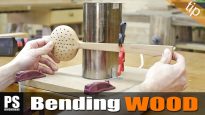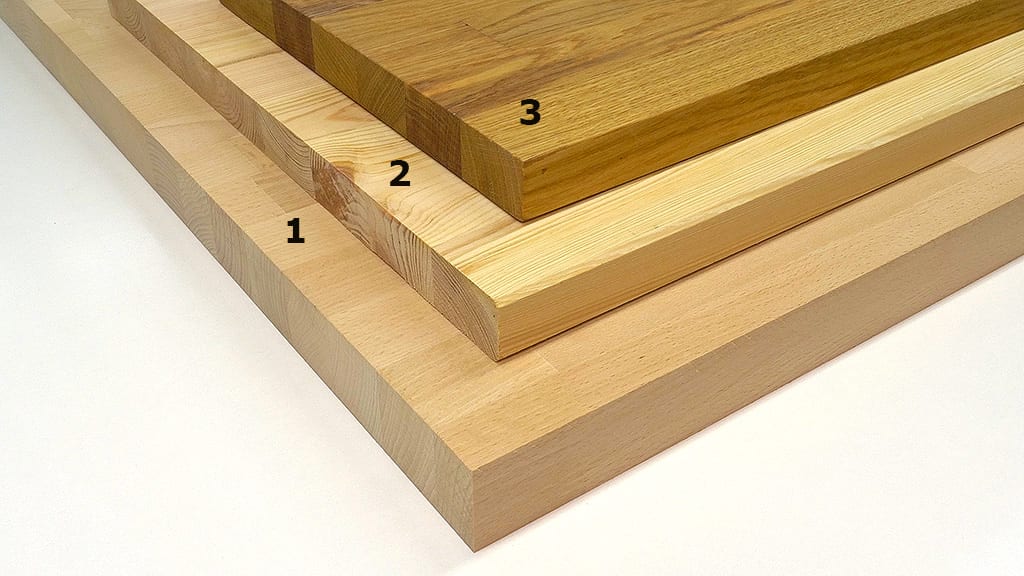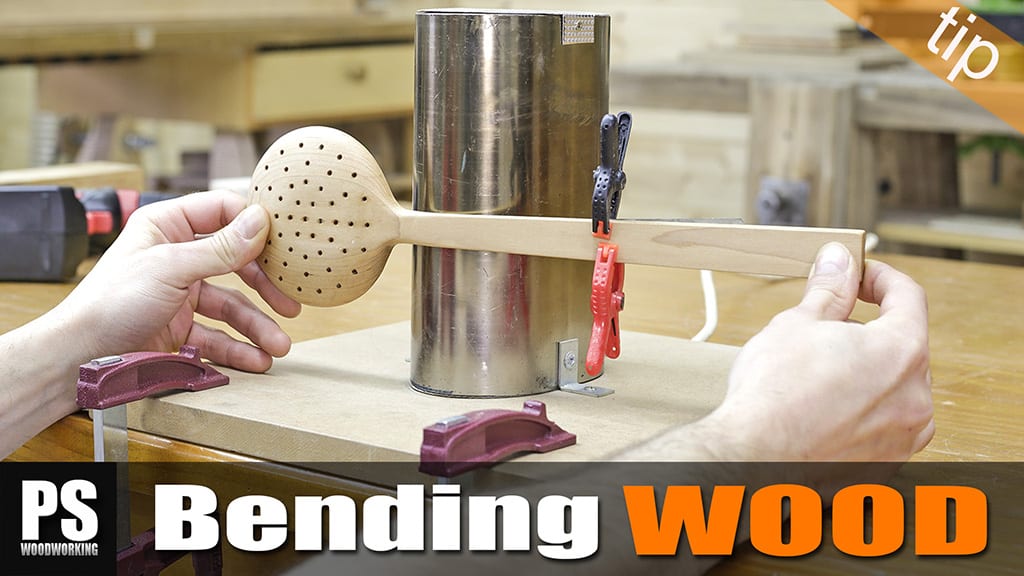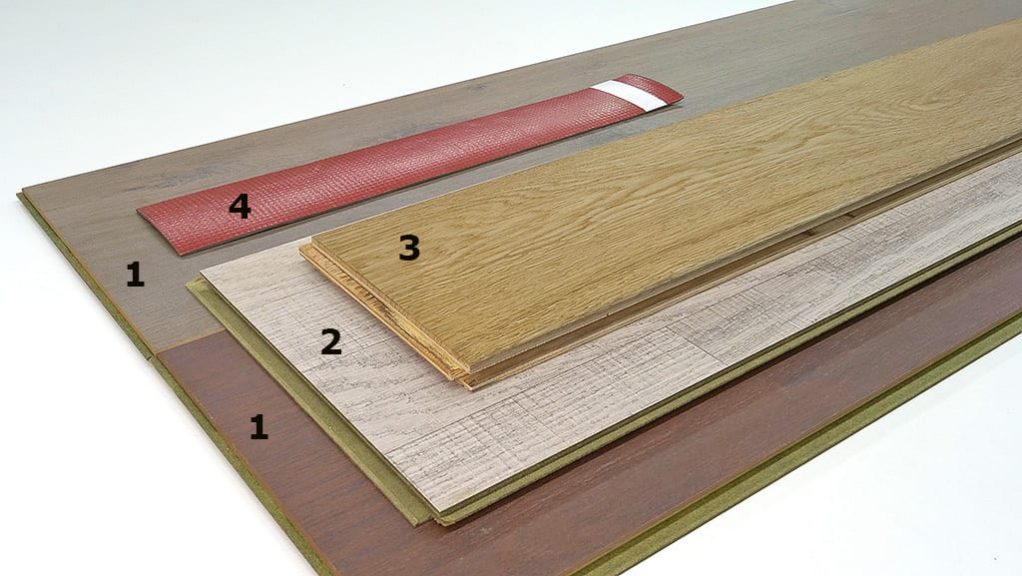OSB (Oriented Strand Board)
OSB has gained popularity in recent years due to its low price compared to plywood and its high performance. It could be described as a combination of particle board, because it’s also made with wood flakes, and plywood, because those flakes are deposited into layers, which are perpendicular to one another. This way you obtain a stiffer, more stable board than particleboard.
The manufacturing process is very similar to that of particleboard. First, the bark is removed from the log, which is then reduced to flakes. The flakes are washed and dried and later impregnated with urea-formaldehyde. The next step is to place these flakes in a specific direction on metal plates, which are then subjected to heat and high pressure. Normally, poplar and pine wood are used.
It comes in many thicknesses, the most common of which are 9, 12, 15, 18, and 22mm.
Much like particleboard, the boards are 244cm long and 122 wide, although some stores have bigger ones. The weight of a 18mm thick board with the above measurements is around 35kg, very similar to particleboard.
Types of OSB Boards:
There are many qualities depending on its purpose:
OSB1– Ideal for use indoors.
OSB2– Used in load-bearing structures or dry environments.
OSB3– Used in load-bearing structures in humid environments. Perfecto for covering walls or make furniture.
OSB4– It can bear even more weight than the previous types.
15mm thick OSB3 is by far the most used type, for example, for panelling walls. I’m sure you’ve seen a workshop or two with walls made from this material on the internet. It’s also widely used in interior decoration and civil construction. There is a tongue & groove version which is used for panelling walls. OSB is a sustainable material, less wood is wasted compared to solid timber and it’s easy to recycle in order to make other boards.


These are some of types of OSB you can find in a carpentry store:
1- 18mm thick OSB3.
2- 9mm thick OSB3.
Generally, all types OSB are waterproof, although they do tend to warp more than plywood due to humidity, especially if they’re not protected or varnished.
Uses of OSB Board:
I haven’t used OSB much so far, I made a partition wall which you can see in the first picture by screwing the board to a pine wood frame.


I also made a headboard that’s attached to the wall, which you can see in the second picture. The third and fourth picture show a very simple shelf I made to put on top of the washing machine and the dryer so that I could take advantage of that gap.
As you can see, I cut some pine wood strips to use as edgebanding for the front of the board. White goes nicely with OSB, both on walls and in furniture.
Processing OSB Board:
Just like particleboard, OSB is a material that wears out our discs and router bits too fast due to its high sand and impurity content, but it’s easy to work with in general using woodworking tools, similar to particleboard.


The faces are not completely smooth, as they are made with flakes that are not uniform, which makes cutting this board a little difficult when you slide your tools on it.
When cut and milled, it produces a large amount of dust, and also some pretty big pieces of flakes can fly off, just like particleboard. To work with this material, it’s indispensable to use safety glasses and a mask.
Be careful if you cut it with a jig saw. The flakes on the upper part can come off, as you can see in picture three. To prevent this, try using a saw blade with fine teeth.
It’s easy to screw pieces together, even if you’re screwing into the edge. You only need to drill a pilot hole with a bit 1mm less wide than the screw. For joints of this type, you can also use biscuits or dowels.
It’s easy to apply any kind of varnish, although it does absorb quite a lot. Satin or matte work best, the latter achieving a very elegant finish. Avoid bright finishes. Logically, this is not a board you want to lacquer with an opaque color, as its faces are uneven and textured.









thanks for the info!
I’m thinking of making osb skirting and architrave in my house. Have you any useful tips or ideas?
hi Lee, you must proceed as if it were any other board. Make a pine frame where needed. Be careful with the skirting if your house have high humidity.